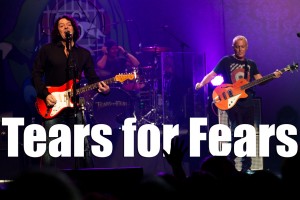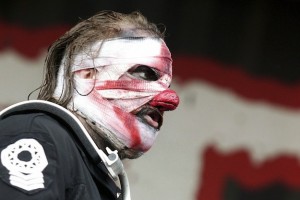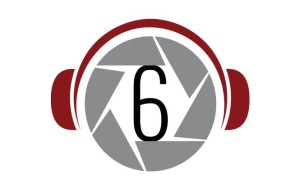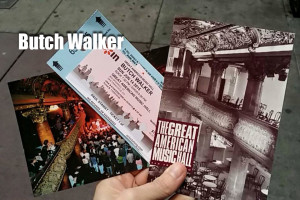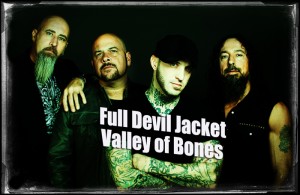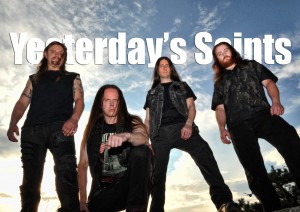AP 25th Anniversary Art Show (Los Angeles)
4 min read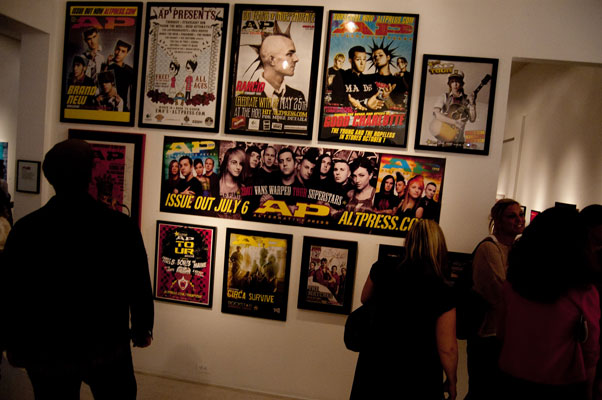
 25 years ago, Mike Shea saw a growing divide in hordes of young, angry teenagers spread throughout Cleveland, Ohio. In an effort to unify an uprising voice he put together the first issue of Alternative Press in 1985 on his mother’s kitchen table. “Back then it was about choices and options and it was a reaction. Mike wanted to put all the electronica, punk and new wave in once place,” comments Jason Pettigrew, Editor-in-Chief of the now national publication. Shea handed the first run of the magazine out at concerts around Cleveland and in doing so created a voice for every kid who needed direction in a blooming alternative scene of music. Now in 2010 he stands in the middle of the Merry Karnowsky Gallery in L.A. surrounded by photos, artwork and prints of AP, a visual account of the magazine’s history.
25 years ago, Mike Shea saw a growing divide in hordes of young, angry teenagers spread throughout Cleveland, Ohio. In an effort to unify an uprising voice he put together the first issue of Alternative Press in 1985 on his mother’s kitchen table. “Back then it was about choices and options and it was a reaction. Mike wanted to put all the electronica, punk and new wave in once place,” comments Jason Pettigrew, Editor-in-Chief of the now national publication. Shea handed the first run of the magazine out at concerts around Cleveland and in doing so created a voice for every kid who needed direction in a blooming alternative scene of music. Now in 2010 he stands in the middle of the Merry Karnowsky Gallery in L.A. surrounded by photos, artwork and prints of AP, a visual account of the magazine’s history.
“Nobody knew what the hell was going on in the scene (in ’85) so I tried to create a professional looking fan zine that covered all of it.” Mike Shea casually explains as we stand together beneath a black and white photo of Green Day and the newspaper print of the first AP issue. Around us, no wall space is left untouched without some artist’s tag. Marc McKnight from the band Atreyu has a piece hanging both in L.A. and at the sister event in N.Y., “It’s really an honor to be a part of this event in such a respected gallery surrounded by so many respected people,” said McKnight. Shea’s elaboration of the event strikes straight at the roots of what music and it’s communities are suppose to be, “Those New York magazines just throw parties for themselves, we wanted it to mean something and to open it up to fans. There is a whole new generation of art and photography out there.”
AP has remained an integral part of informing the masses of what’s next for music. “Right now the magazine is an ongoing portal for people who want something different,” said Pettigrew who became involved with AP after arguing with Shea over a review back during the magazine’s startup “I called him and gave him shit for a review he wrote and he challenged me to do better.” Now editor-in-chief of the magazine, “I’m like the oldest guy at the magazine but I understand that every generation needs its own culture. I don’t want my kids listening to Journey records, I think it’s important for them to get out and experience what’s around them.”
As security starts corralling the press out the front door I wander over to the bar and pretend to be fixing a new lens on my camera. A few minutes later I pop my head back up and am met by icons Shepard’s Fairey and Tim Armstrong, most likely having timed their arrival to that of the departure of the press. For fear of getting the boot I wander through the crowd and introduce myself as cautiously as I can. Armstrong and I chat about bands we both know and how when I was ten I was introduced to Rancid and AP. Armstrong responded, “Yeah man, this is great. Lots of fun.” Armstrong’s bands Operation Ivy and Rancid have laid the foundation for many punk and alternative bands of today and were are a part of AP’s history both with art and music.
“I feel like many magazines feel they know what’s best for their readers. We are from Cleveland and there is no reason for us to be elitist about anything. ” Pettigrew laughs, then apologizes for his coy behavior. I appreciated the honesty and felt it only reflected good things for the magazine. As the night began to dwindle I built up my courage and approached Shepard Fairey, “Mr. Fairey I am a huge fan” “Oh hey, so what are you here for kid” “I work in movies” “Hey good for you, here have a sticker.” Fairey talks briefly about how when he started working Armstrong’s music would give him inspiration and energy.
“We are now adapting to the web-world, I think the future of publications like magazines will be digital editions for tablets and then magazine subscriptions will be apps that you can download to your tablet or phone,” Shea prophesizes about the future of the media. “I think Rupert Murdoch has his head up his ass and I think the New York Times and all those print based publications are going to fuck up big time because no one is going to pay for them.”
Pettigrew concludes, “I am really thankful for everybody who has experienced Alternative Press, even the haters. There must be some element of people talking crap, I mean it is free advertising. We just plan to keep doing it as long as the culture allows us to do it.”
By Craig Shannon
____________________________________________________
Photos by Craig Shannon 7/9/10 at the Merry Karnowsky Gallery (Los Angeles, CA)







